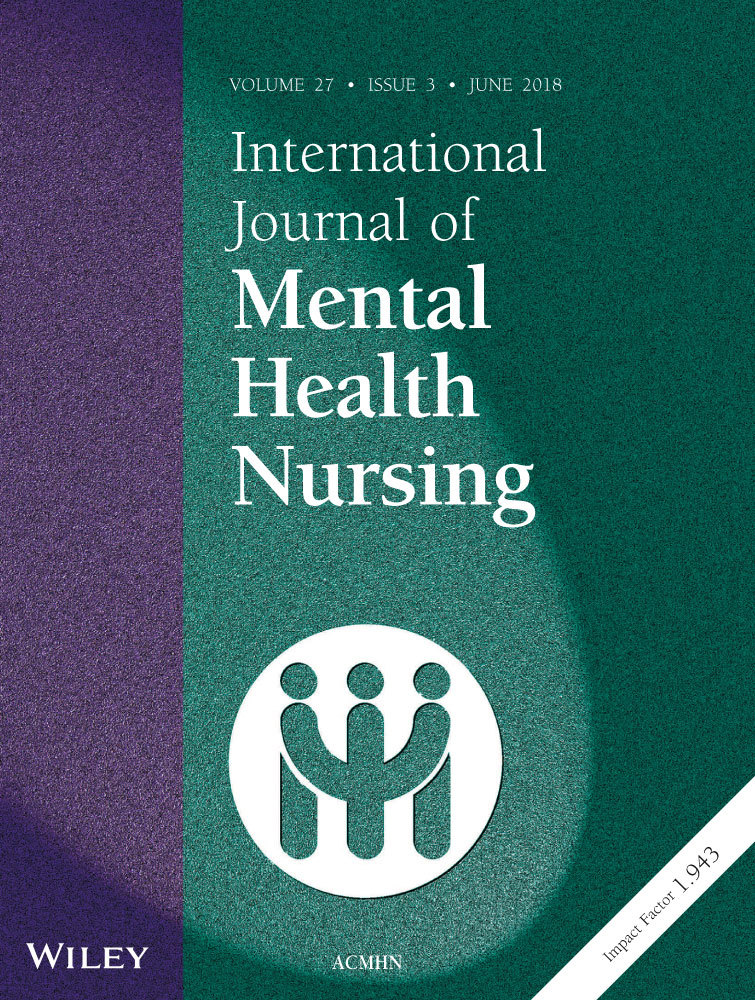I had no other option: Women, electroconvulsive therapy, and informed consent
Abstract
Electroconvulsive therapy (ECT) is a controversial procedure used in the management of depression. Whilst it may be administered under mental health legislation, it is usually given to people who voluntarily consent. At the practice level, the consent process for ECT requires a detailed explanation of the procedure. The person consenting must have capacity to make this decision, and consent must be given freely and without coercion. Research using a feminist narrative approach unexpectedly highlighted the issue of potential coercion in the context of explaining the procedure. In-depth interviews were used to understand seven women's accounts of deciding to receive ECT. A thematic analysis of their narratives uncovered a shared concern with how they consented to the treatment. Four subthemes were identified that related to the way in which they provided their consent: (i) ‘Not enough information’; (ii) ‘I had no other choice’; (iii) ‘Just go along with it’; and (iv) ‘Lacking capacity’. A consent process that includes elements of passive coercion and a lack of timely and appropriate information influences the way some women make decisions. These factors can disempower women at the point of decision-making. A practice shift is needed where women are enabled to have control over decisions. Further, there is a need to adhere more rigorously to noncoercive practice when obtaining consent.




